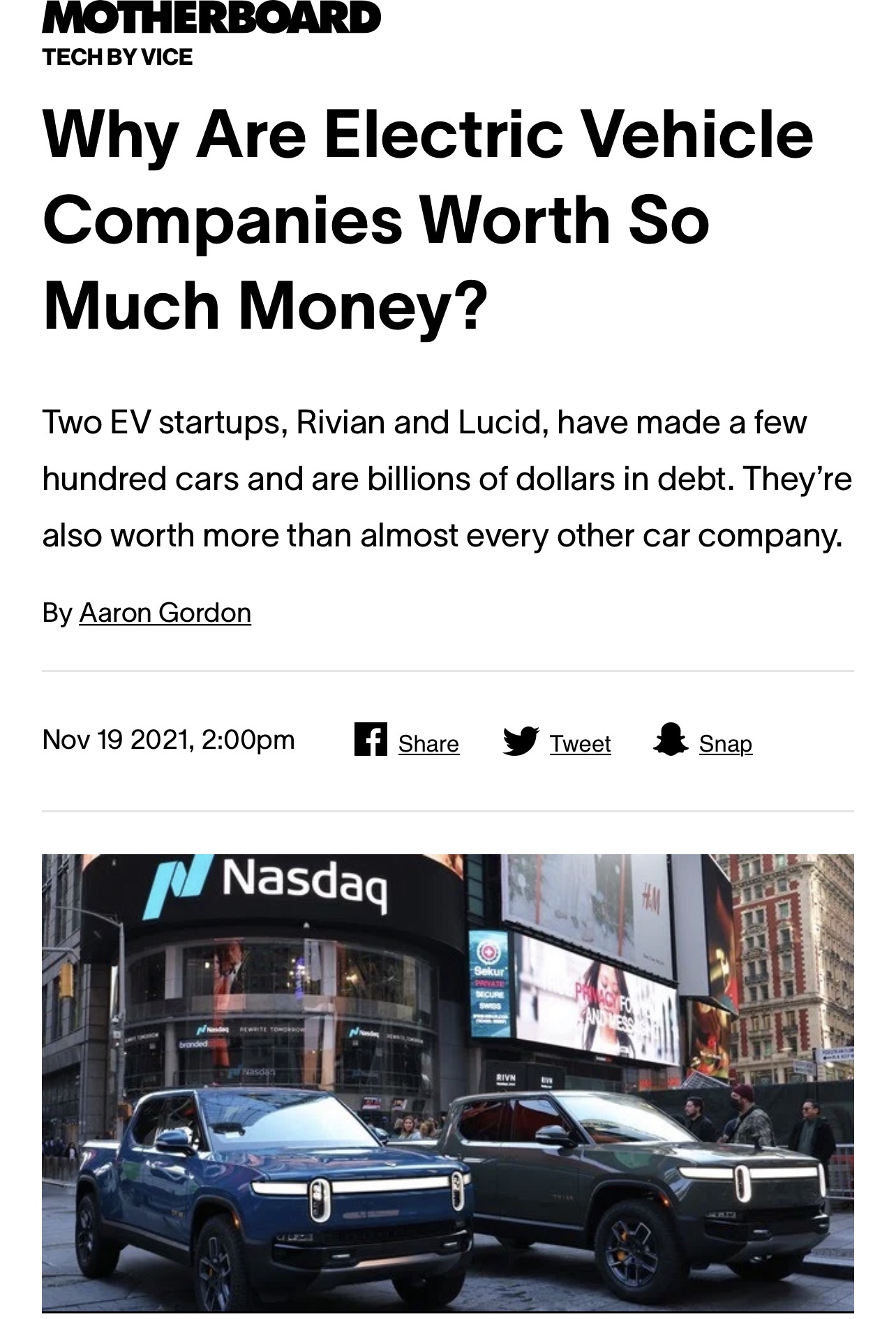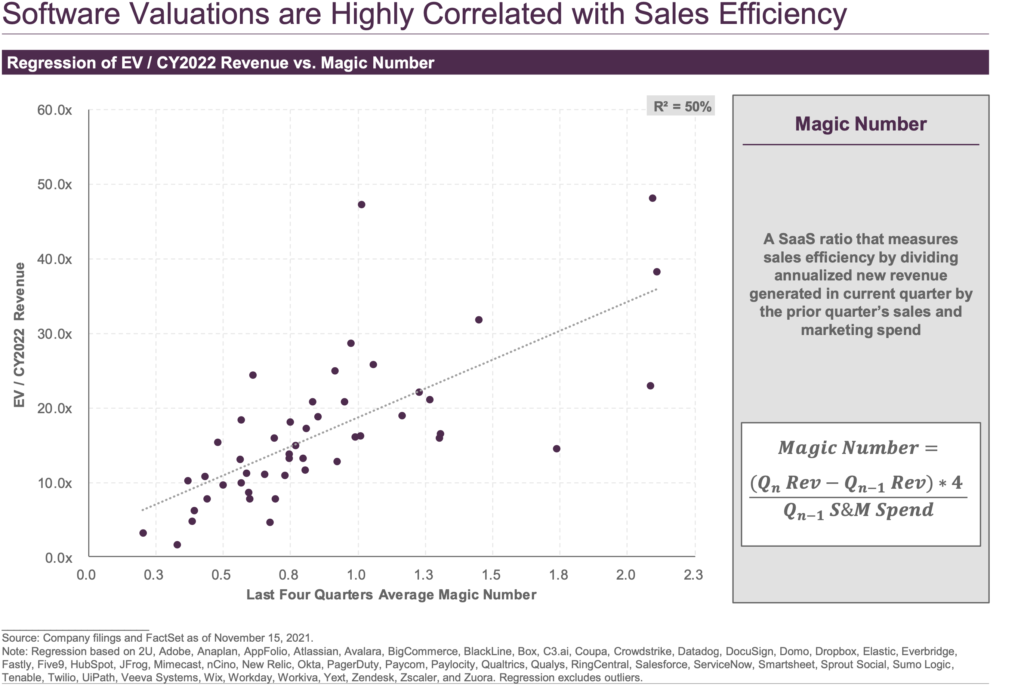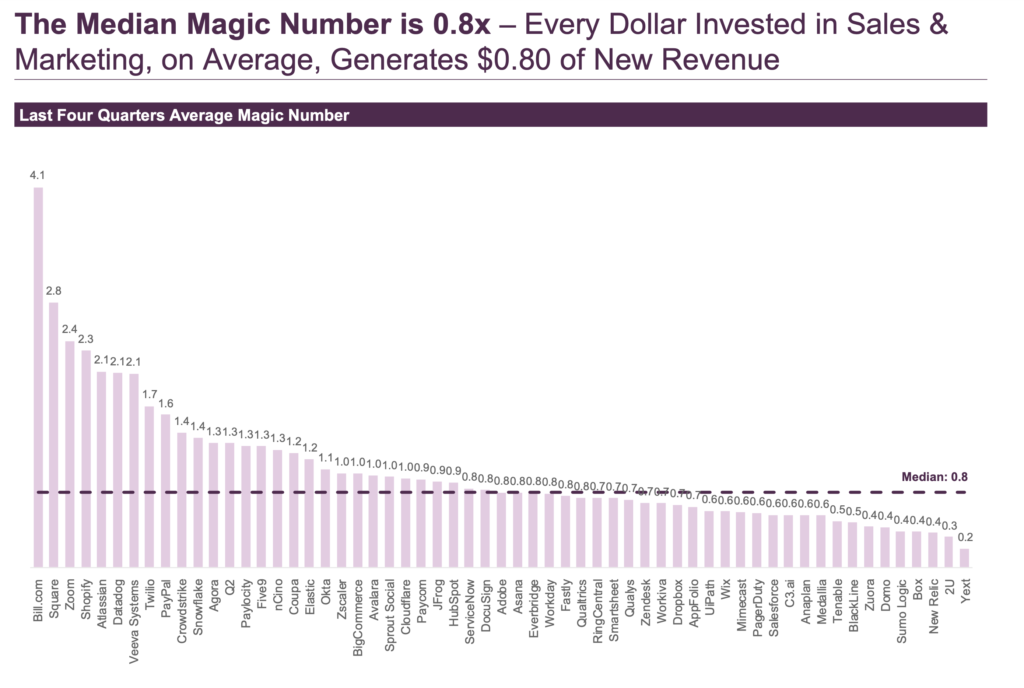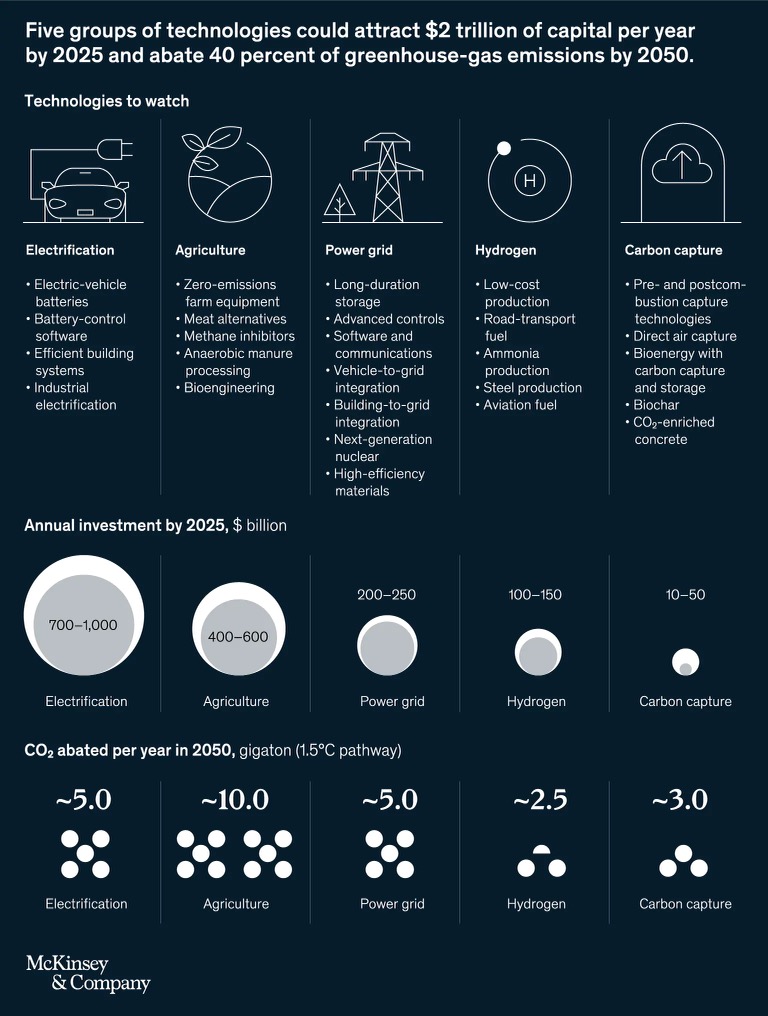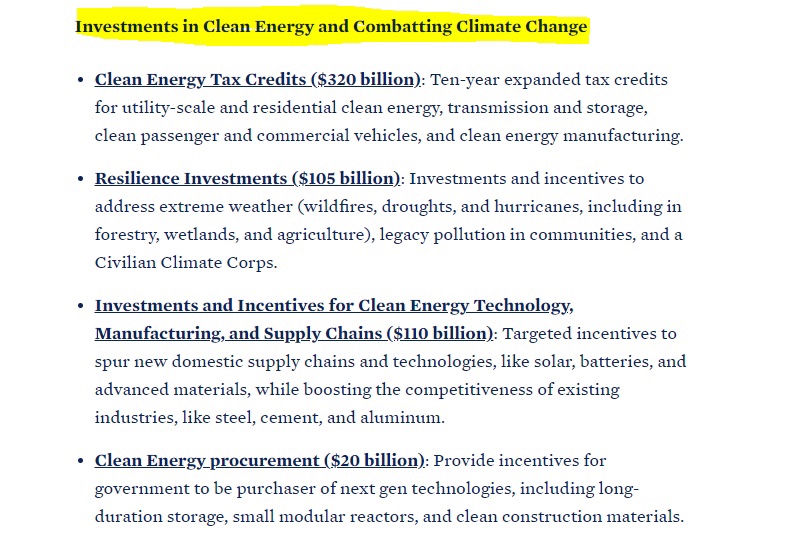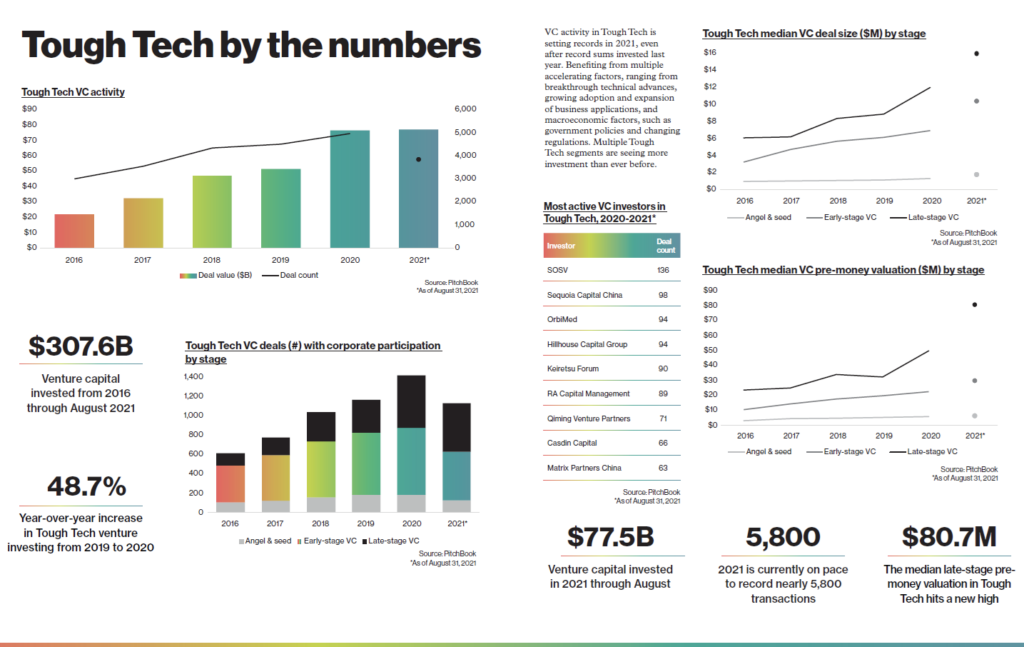In Q1 2019 the Energize team led the $23M Series B investment into Jupiter Intelligence. While most of our investments are the result of a deep dive, this particular case was more instant conviction in the product and market timing. The company also had the major benefit of an incredible team and serial entrepreneur, Rich Sorkin. Jupiter intelligence is a software platform that helps financial services firms, critical infrastructure firms and governments identify climate impact on a portfolio-wide or asset specific (down to the meter) granular level.
Since our investment the company has grown tremendously, and the demand for the product is expected to grow for decades to come. We participated in this round and also worked with one of our anchor capital partners, CDPQ, to further capitalize the business for the next stage of growth. This is the first investment we are executing alongside the CDPQ ISI platform and I am excited to have such an emblematic climate technology company be the first data point in our program.
The press release is below:
Jupiter, the global leader in climate analytics for resilience and risk management, today announced a $54M Series C Financing, co-led by Clearvision Ventures and MPower Partners.
Jupiter now provides analytics to 30 companies in the Global 2000, U.S. Department of Defense and FEMA to understand the impact of climate change on their physical infrastructure and supply chains, risks to financial portfolios, and vulnerabilities to human health and safety, and to protect over ten billion dollars of physical assets and more than a trillion dollars of financial assets.
The world’s largest asset managers, banks, chemical companies, cities, consulting and accounting firms, data centers, defense agencies, emergency managers, energy companies, insurers and reinsurers, pharmaceutical and resource companies, and wine producers rely on Jupiter’s advanced technology and climate science.
The new investment will be used to accelerate the company’s rapid expansion in sales and support to meet increasing customer demand, especially in the 20 sectors of the global economy where Jupiter is already the leading supplier. Jupiter also will use the funds to accelerate investment in R&D to deliver more value to Jupiter’s current and future customers, who have subscription access to nearly 150 trillion data fields, produced using cloud-based supercomputing.
“Investments from leaders across the globe, representing every sector of the economy, reflect the growing recognition that organizations need powerful analytic tools to invest in resilience to reduce the impacts and risks from climate change,” said Rich Sorkin, Jupiter’s CEO. “The profound challenges from climate change are multiplying and the world is rapidly awakening to an ever-worsening reality. With this investment, Jupiter will more quickly and broadly serve increasing global demand for our best-in-class climate risk analytics.”
The biggest new investors in the funding were CDPQ, a global investment group, Japanese
venture firm MPower Partners, Clearvision Ventures, and one of the world’s largest university
endowments. All of Jupiter’s major existing investors—DCVC, Energize Ventures, Ignition
Partners, Liberty Mutual, MS&AD Ventures, QBE Ventures, and SYSTEMIQ — also
participated.
“With its technology, Jupiter has become a market leader in climate risk analytics, helping businesses in various industries such as asset management, banking, energy and governments better understand and address the impacts of climate change,” said Geneviève Bouthillier, Managing Director, Private Mid-Market Companies and Stewardship Investing at CDPQ. “As an investor determined to direct more capital towards sustainability opportunities, we are delighted to support Jupiter’s growth while delivering returns for our clients.”
“Too many organizations are still ill-prepared for the accelerating effects of climate change. Jupiter continues to attract outstanding people and financial resources to help minimize the worst impacts,” Sorkin added. “Our Series C funding is the latest milestone in Jupiter’s growth.”



